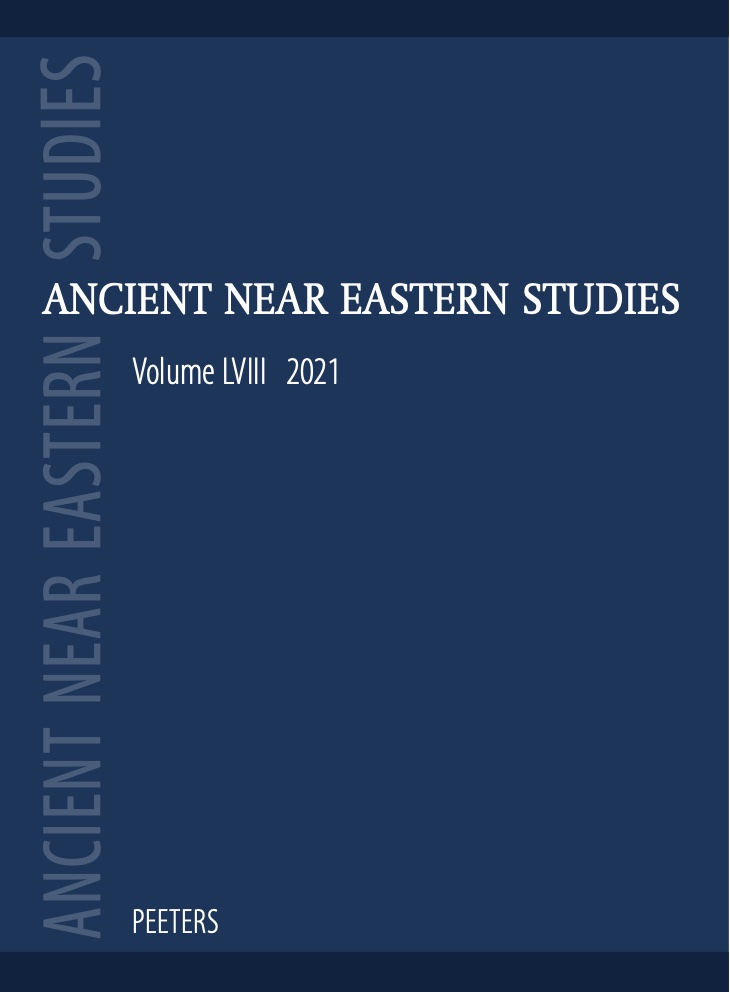 previous article in this issue previous article in this issue | next article in this issue  |

Preview first page |
Document Details : Title: Gender Variance in the Ancient World Subtitle: Near Eastern Influences on the Aegean Prehistoric Past Author(s): COMTE, Georgia Journal: Ancient Near Eastern Studies Volume: 58 Date: 2021 Pages: 205-226 DOI: 10.2143/ANES.58.0.3290206 Abstract : This paper seeks to explore the relationship between the Near East and the Aegean, particularly the dynamic exchange of ritual tradition that can be traced from Mesopotamia to Minoan and then Mycenean Crete. Through an analysis of Mesopotamian art and poetry, the contested presence of castrated attendants and the tradition of castration itself is established. The tenuous relationship between castration and homosexuality is challenged to underscore a fluidity in Mesopotamian conceptions of gender. The evident fluidity exhibited by both Mesopotamian and Aegean artworks points to a broader understanding of the function of gender and gender transformation in both cultures. This paper offers a reanalysis of the singers apparent on the obverse of the Harvester Vase as well as the phorminx bard depicted on the Hagia Triada sarcophagus. These Aegean examples form the primary basis of analysis, demonstrating that the Aegean artists may have borrowed Mesopotamian conventions surrounding the depiction of castrated individuals, suggesting continuity with Mesopotamian ritual-musical castration practices. |
|


